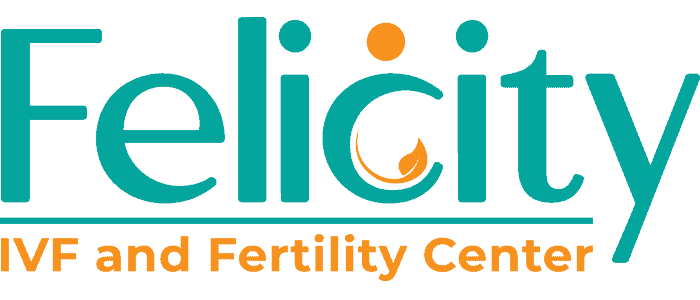In vitro fertilisation or test tube baby means fertilisation in the glass. Normal fertilisation i.e the process where the egg and sperm meet to produce an embryo is defined as fertilisation. This fertilisation happens in the fallopian tube after ovulation in women.
 IVF are a series of events starting from
IVF are a series of events starting from
- Ovarian stimulation
- Egg/Oocyte pick up
- IVF fertilisation
- Embryo development
- Embryo transfer
- Luteal phase support
 To Whom should IVF treatment be offered?
To Whom should IVF treatment be offered?
- Women with blocked fallopian tube
- Women with polycystic ovary
- Problems with ovulation
- Men with low sperm count
- Unexplained Infertility
 Ovarian stimulation, egg pick up
Ovarian stimulation, egg pick up
Couple are given a detailed tour of the fertility center and the procedure first.
Women are advised to come on day 2 of the menstrual cycle, when all the follicles are synchronous i.e all the follicles size between 2-7mm. Women are given hormonal therapy in the form of injectables for a period of 10-12 days depending upon the response, frequent monitoring of the follicular sizes is done and the dose is adjusted accordingly. Once the desired numbers and sizes are attained trigger injection is given and egg/Oocyte pick up is scheduled after 36 hours of the trigger injection.
During this process, men are advised to give a back up semen sample on Day 5 of the stimulation with three days abstinence.
On the day of the oocyte pick up, Men are advised to give one more fresh semen sample 2 hours before the egg pick up.women are put in lithotomy position, under aseptic precautions, Egg retrieval is performed under mild sedation, local anaesthesia or, in some cases, general anaesthesia, most commonly by ultrasound guided fine needle (aspiration). The mature follicles are identified using ultrasound, and then a needle is passed through the vaginal wall into the follicle and the fluid withdrawn from the mature follicle with gentle suction.
 Side Effects
Side Effects
- Post procedure, women will be kept under observation for a couple of hours.
- Ovarian hyperstimulation
- slight tenderness in abdomen
- Vaginal spotting in red or brown colour.
- Anesthesia side effects like Giddiness, nausea and vomiting are other common side effects.
 Fertilization, Embryo development
Fertilization, Embryo development
Once the follicular fluid that carries eggs are retrieved they are closely examined to separate the eggs from the fluid. Once the eggs(oocyte cumulus complex) are successfully identified in the IVF laboratory they are rinsed in culture media and mature eggs are separated and placed in culture dishes containing special media and placed in specialized incubators with controlled environmental conditions.
The semen sample from the partner is collected and processed and kept ready for the IVF procedure
After about 4 hours of egg collection ,we select the eggs that appear mature and healthy and mix them with sperm and are incubated overnight in special culture media.
The next day (day 1)the fertilization check is done. On day 2 the normal fertilized embryos would have started dividing and form 2-4 cells. On day 3 we expect another round of division and cell number increased to 6-8 cells(cleavage stage embryo).These divisions are called cleavage division .By day 5 the embryo would have grown to form 70-100 cells(blastocyst).
Throughout the growth of embryo we grade the embryo focusing more on the quality of embryo rather than the stage. By considering a number of factors we decide which embryo is of highest quality and decide whether to transfer Day 3 embryo or Day 5 embryo .
 IVF are a series of events starting from
IVF are a series of events starting from